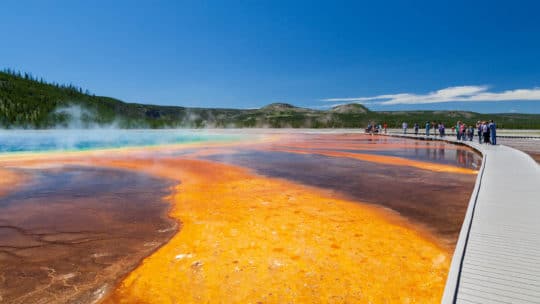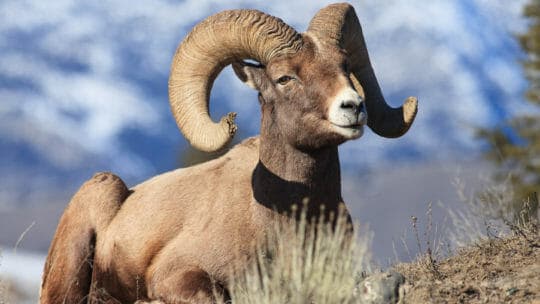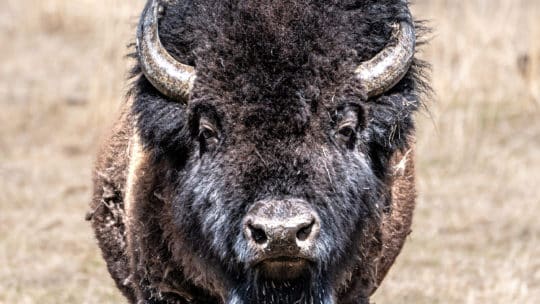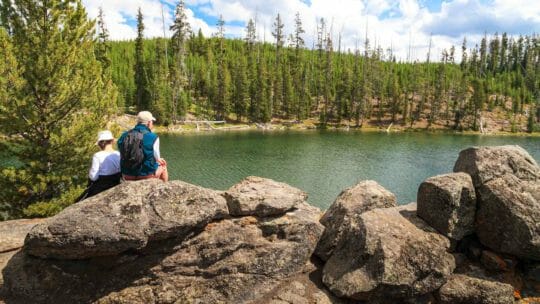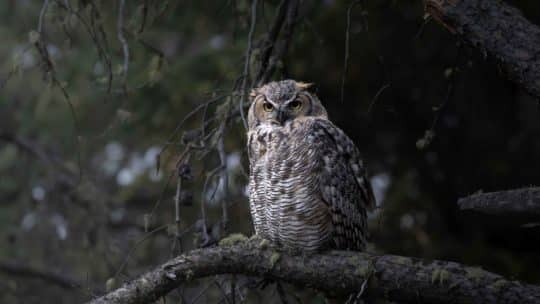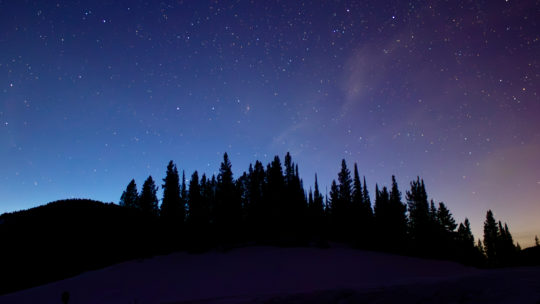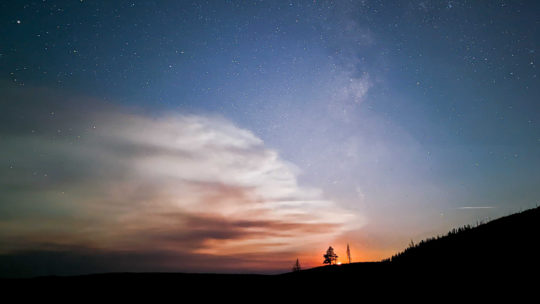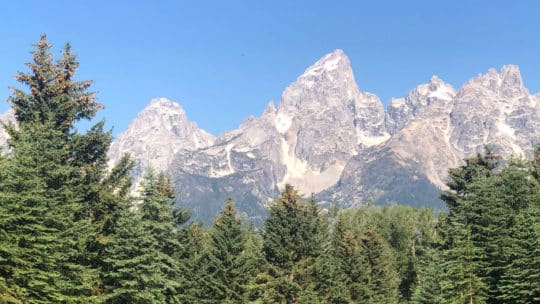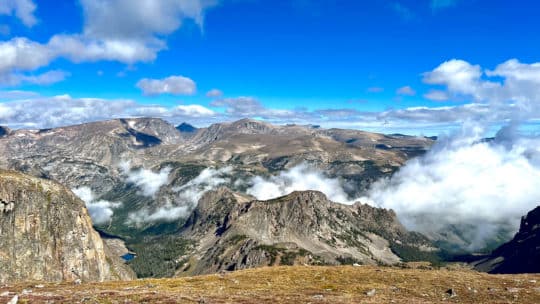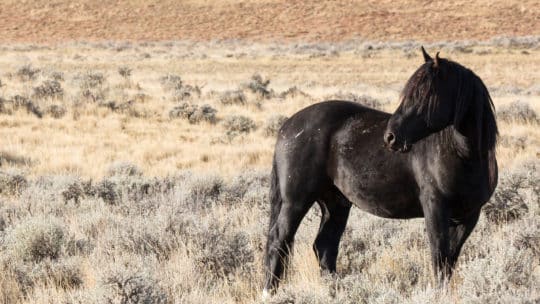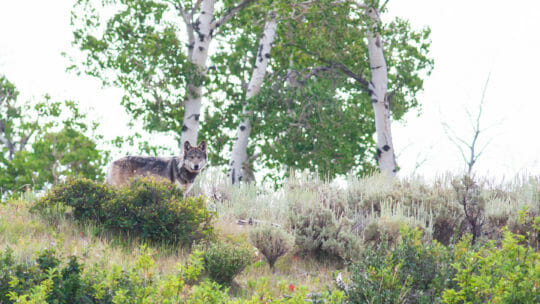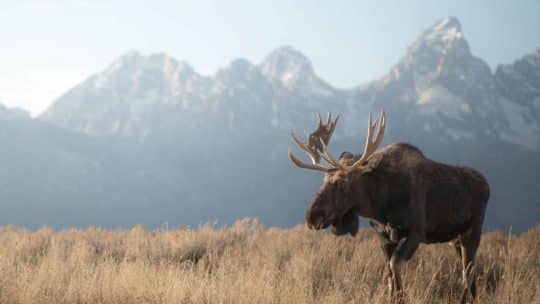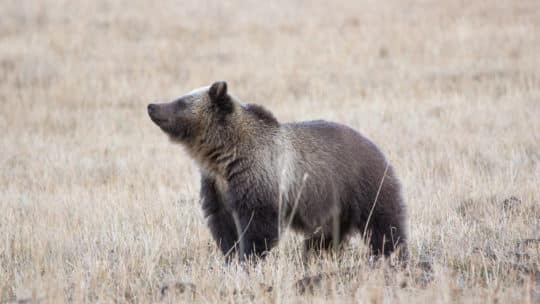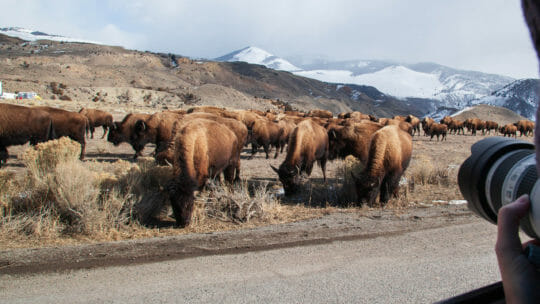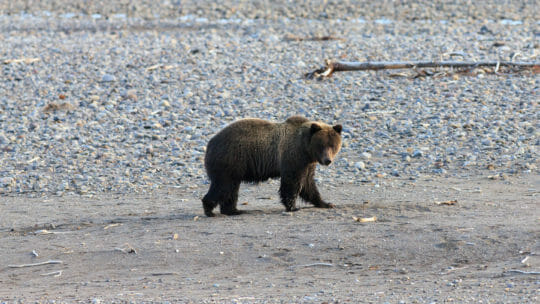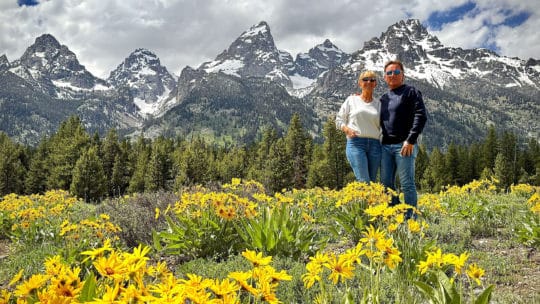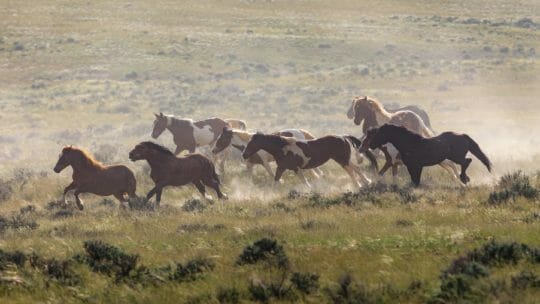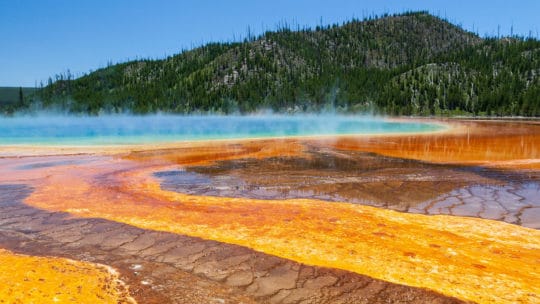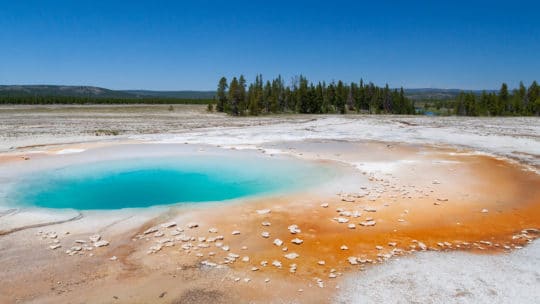Search
Explore
Yellowstone Summer Safaris

Our Yellowstone National Park Safaris are offered year-round. The fabulous summer season runs from mid-May to late October. For general sightseeing, including volcanic features and wildlife tours featuring bears, we recommend planning your arrival for the summer months. The shoulder seasons of spring and fall are enjoyable for fewer crowds, wonderful wildlife behavior and fantastic Rocky Mountain weather.
Your exact route and itinerary will be determined by your interests, current wildlife sightings, and current weather and road conditions. Our guides are all highly experienced, with thousands of hours in the field, and will expertly tailor your safari to you and your group.
During the summer months, the high elevations of Yellowstone National Park create cool nights and warm days. Average highs range from 52°F (11.1°C) in May to 71.6°F (22°C) in July, the warmest month. Lows can range from 23.7°F (-4.6°C) to 41.5°F (5.3°C). Even in the warmest months, drastic temperature swings might be experienced in a single day.
As the snows dissipate, some wildlife will move into the areas of high elevation while other wildlife will remain in the valleys. Many species migrate to lower elevations during the winter months, so the return of elk and pronghorn to the area is a sure sign that summer is on its way.
Since 1991, Yellowstone Safari Company has been the most diverse eco-tour adventure company in the region, offering private, personalized wildlife safaris and tours to Yellowstone National Park. Our professional naturalist guides will provide their guidance and expertise to facilitate nature-based experiences that provide enjoyment and appreciation for the natural world. Conservation education is at the heart of what we do and we look forward to the continued privilege of guiding you through our world.
Further Reading
Origins of the American Safari
Dec 13, 2021
What many of us take for granted is that right here in Yellowstone we have the American analog of that iconic scene, a sprawling landscape bustling with bison, elk, pronghorn, gray wolves, grizzly bears, cougars, coyotes, and more.
Guided Tours in Yellowstone National Park
Jul 8, 2021
Planning on visiting Yellowstone National Park? There is a lot to prepare for when venturing out to the world’s first national park. You have to figure out how to get there, where to stay, what to do, how to get around… It’s undoubtedly a lot to think about, and a massive amount of information to assess in order to decide what exactly you want to see and where you can find it.
FAQs
What is your cancellation policy?
We have a 48-hour cancellation policy for all single day wildlife safaris. Cancellations made before the cancellation policy goes into effect will receive a full refund. Cancellations made within 48 hours of departure, and before the day of departure will receive a 50% refund. Cancellations or no-shows on the day of departure will not be refunded. We strongly recommend travel insurance in order to protect you from unforeseen travel interruptions that prevent you from joining us.
What should I bring?
We will step in and out of vehicles during our safari tours so you’ll want to wear comfortable shoes that allow you to walk on uneven surfaces, like gravel, or a boardwalk. Stepping in and out allows us to make the best use of our time in Yellowstone National Park and gives us the best wildlife viewing and photo opportunities. Your guide will have binoculars and spotting scopes for you to use, but do not forget to bring your camera! While Yellowstone has some modern facilities, we are going to be traveling through remote areas of a National Park. Please remember to being any personal items, like medication, that you may need during the day.
What should I wear?
The rocky mountain range can see drastic temperature swings during the day, even in the summer months. Please come prepared! For clothing, synthetic layers are best in our mountain environment. Base layers act as a wicking layer against the body, so we recommend anything from a light weight layer to an expedition weight layer, depending on the season. A mid layer provides warmth, so we recommend a mid weight fleece layer or softshell jacket for the upper body and a pair of travel pants or jeans for the legs. The outer layer provides protection from the elements and serves as a wind/water blocking layer. A waterproof shell for your upper body will keep you dry and therefore, warm. For the legs, we recommend either weatherproof rain or snow pants, depending on the season. You may not need an outer layer during the warm summer months with no rain forecasted, but it is still a good idea to bring it with you. Conditions can change quickly. Your footwear should be comfortable and appropriate for the season. For the summertime, walking shoes or hiking boots are a great choice. Please avoid wearing flip-flops. For winter, snow boots with wool socks will keep your feet warm. For winter, you’ll also want to bring a wool, or fleece, hat, as well as mittens/gloves to keep your hands warm. In the summertime, a light hat with a visor is all you’ll need on your head. In any season, do not forget sunscreen or sunglasses. At high altitude, the sun’s rays are intense, even in winter.

